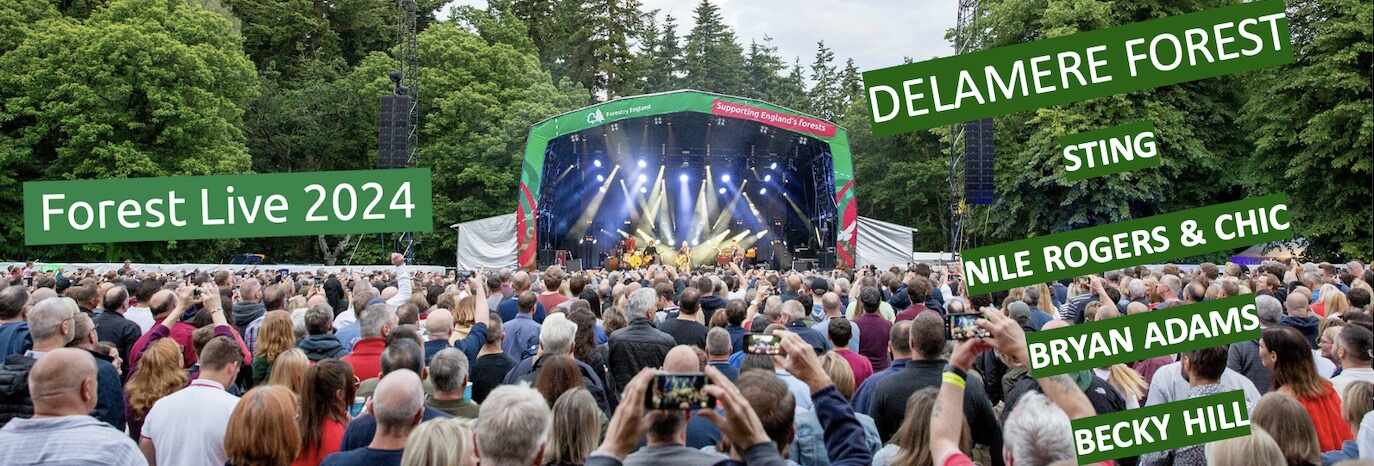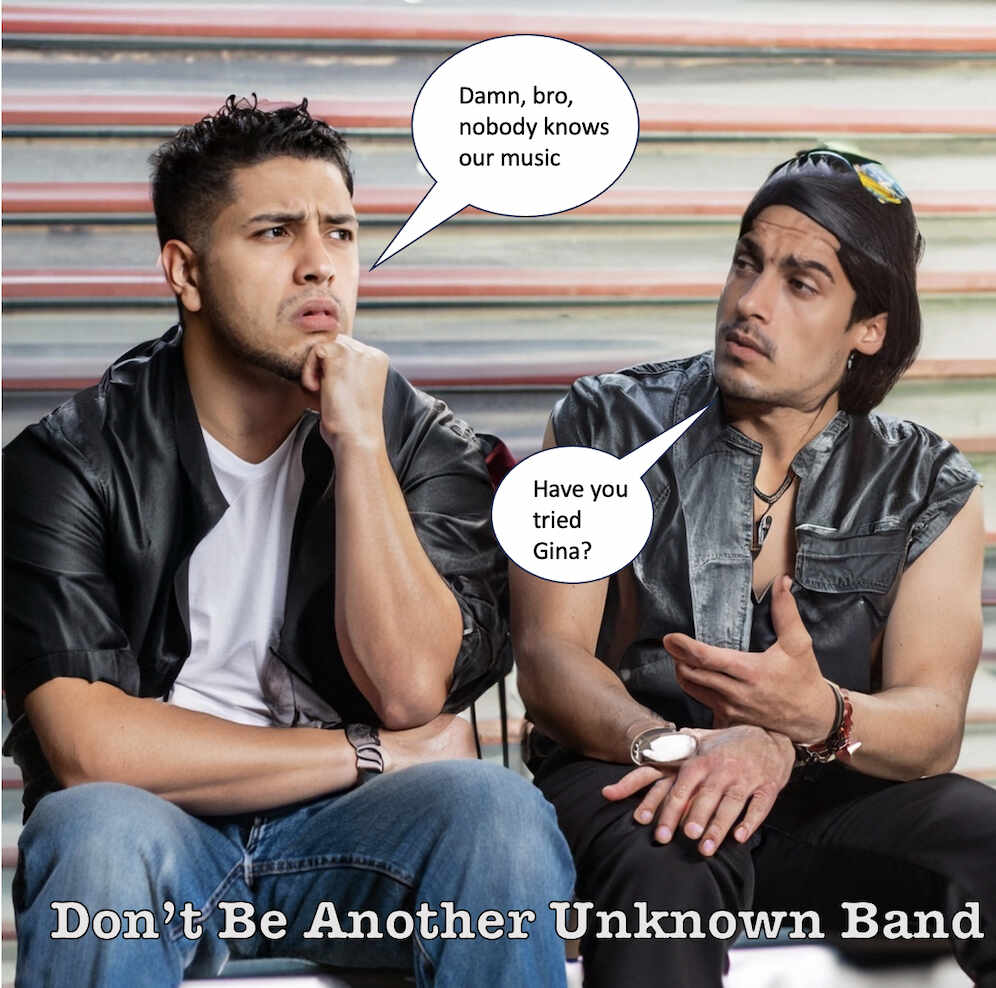
By “Tampa” Earl Burton
53 years ago this week, the first Woodstock took place on the farm of Max Yasgur in Bethel, NY. While that three days of “peace, love, and music” became a historical moment, it was another Woodstock “celebration” that has been taking up the spotlight of late. The recent Netflix documentary Trainwreck: Woodstock ’99 paints a convoluted picture of what was an extremely complicated situation.
Two Woodstock Documentaries in Two Years
This is the second documentary that has taken on the subject of Woodstock ’99 in just as many years. In 2021, HBO Max premiered Woodstock ’99: Peace, Love, and Rage, a roughly two-hour documentary that was the first to try to tell the story of that fateful festival in Rome, NY, in 1999. It may have been the first of the documentaries to come out, but the HBO Max effort is overshadowed by Netflix’s Trainwreck: Woodstock ’99.
The Netflix production is a three-hour treatise on the festival, set out on each of the three days of the event that was held from July 22-25, 1999. Each day is examined in its entirety and the titles of each episode distinctly tell you what to expect. Trainwreck: Woodstock ’99 (the original title would have perhaps been more accurate…Clusterfuck: Woodstock ’99) outdoes the HBO production on several levels beyond the focus of each day of the festival.
The first hour is titled “How the Fuck Did THIS Happen?” and it sets the viewer up quite well for what is to come. The general mood of everyone, including the producers Michael Lang (who helmed the original Woodstock) and John Scher, to some of the performers, to those who found themselves in the crowd, on the opening of the show that Friday in 1999 was upbeat. One of the production staff even noted at the start that Woodstock ’99 “reeked of positivity and optimism.” That same staffer, however, noted that those thoughts “were kind of naïve.”
The three-part documentary really starts to kick into gear with the focus on the second day, Saturday. Entitled “Kerosene. Match. Boom!” the second part of the Netflix documentary begins to capture the edginess that existed in the crowd and in the staff. Journalist Ananda Lewis, who was working with Music Television (MTV) as a VJ in 1999 and was on the grounds at Woodstock ’99, offers valuable input on how the concert went from a second three-day celebration of “peace, love, and music” to a three-day bacchanal of “violence, sexual assault, and greed.”
“Saturday was the day everything started to fall apart,” Lewis notes in the second hour of the documentary. “(By that night), it was the first night that I really felt unsafe. Other issues around the grounds of Woodstock ’99 – an abandoned Air Force base in Rome, NY – were causing issues, too. Port-a-Potties began to be unattended, saturating the grounds with urine and feces, while other infrastructure issues such as clean water, food and garbage removal completely fell through.
Arguably the best comments on this area (and one of the excellent remembrances by someone who was actually there) comes from a concertgoer named Heather. Heather, who looked like she might have been all of sixteen when she attended Woodstock ’99, said about the weekend in Rome, “It was all a lack of respect – from the promoters to us (the fans), from the attendees to the (concert) grounds, and a lack of respect from men to women. A lot of anger was building up.”
The end of this second hour and the beginning of the third certainly point out the thorough breakdown of all systems. Members of the Woodstock ’99 “Peace Patrol,” entrusted with keeping people safe at the show, were instead selling their yellow shirts that designated them as security for upwards of $400. The performance of Limp Bizkit electrified the 300,000 attendees, revving them up and then turning them loose on the “Rave Hangar” where any debauchery imaginable was going on. By 2AM Sunday morning, it is commented that “it wasn’t Woodstock anymore.”
The final hour, “You Can’t Stop a Riot in the 90s,” thoroughly documents the utter desecration of humanity and civilization that occurred at Woodstock ’99. To start the day, Lang and Scher came out to say that “issues existed, but they were isolated,” completely turning a blind eye to the reports of sexual assaults on the grounds. Scher blamed Limp Bizkit for inciting any violence (sexual or otherwise), and the performers were beginning to feel there wasn’t something right. Jewel, who played the Sunday final day, cut her set short, saying in an interview conducted for the documentary, “Things were going south…it was time to get out of there.”
Everyone has seen the destruction that came from Woodstock ’99, either back then, while watching on MTV, through the HBO Max documentary or otherwise. By that Sunday, concertgoers were tired of the price gouging for food, water, and souvenirs (many of the vendors had pulled out after the increase in violence on Saturday night, leaving those left to set whatever price they could get for merchandise). Heather once again pops up with a powerful statement, “Today, we would have hit Facebook or Twitter…that didn’t exist back then. So, people took it out on the staff and the vendors.”
And people DID take it out on the staff and vendors. As Red Hot Chili Peppers played the final set of Woodstock ’99, candles that had been handed out as a memorial to the Columbine Massacre were instead used to light wooden palettes on fire, inciting many concertgoers to start their own bonfires. If it could burn (and sometimes even if it could not), it was tossed in the conflagration. Merchandise trucks, ATMs and other vendor outlets were ransacked for their goods (and money). The shit had literally hit the fan.
National Guard and New York State Police came in to clean up the situation, hustling the attendees and stragglers who were hanging around after the Peppers had concluded their set off the grounds and on their way home. It was, as Kurt Loder is seen narrating on MTV in 1999, “A festival of extremes…goodbye to Woodstock ’99, and good riddance.”
Documentaries Diverge as to Who is To Blame
The two documentaries are the same in the telling of the stories of Woodstock ’99. The Netflix production has much more participation from those that were there – whether it was working the festival or attending – making it a bit better in the recitation of the tale. Where the documentaries diverge, however, is in assigning blame for the violence that concluded the three-day festival.
For the HBO Max show, the documentarians put quite a bit of blame on the music that was on the stage. 1999 was a time when the nu-metal scene was taking over the airwaves, with bands like Korn, Limp Bizkit, and others (including Kid Rock) headlining the festival and infusing the crowd with their powerful brand of music. This style of music, rightly or wrongly, was accused of inciting the crowd instead of trying to quash the storm.
That particular program also lays blame heavily at the door of a “toxic culture,” particularly the male privilege and overt masculinity that became blamed in the cases of sexual assaults. Strangely enough, the HBO Max documentary points the finger directly at these individuals and drew correlations with the toxic, right-wing culture that exists in 2022. It is worth considering as those that were in their 20s for Woodstock ’99 are now the fortysomethings that are around today.
Trainwreck: Woodstock ’99 takes another tack, however. While it is noted that the bands did not exactly help the situation, they were there to do their job and perform for their fans…and they did their jobs well. The Netflix documentary lays much of the blame at the feet of Lang and Scher on many aspects of the festival. Questioning the logic of holding the show on the burning hot tarmac of an Air Force base would be the most obvious, but there were several other areas pointed out as failings.
Members of the staff from Woodstock ’99 point out that the security was completely inadequate for the 300,000 (or more) people that were in attendance. The infrastructure was also cited by the staff as places where they failed. Finally, everyone involved stated that there could have been more done to protect the women in attendance at the show.
What is particularly striking is how Lang and Scher reflect on the ill-fated festival. Immediately afterwards, neither man took any responsibilities for its failings. Scher was sneeringly dismissive of the crowd, saying that it was “only a handful of miscreants” that had caused problems (video literally showed thousands ransacking the concert grounds). Lang comes off as quite Pollyannish, maintaining to today that “it was disappointing how (Woodstock ’99) ended…very” (three months after the interview for this documentary, Michael Lang passed away at the age of 77).
Red Hot Chili Peppers – Fire – 7/25/1999 – Click “Watch on YouTube”
Which is the Better Woodstock ’99 Documentary?
As someone who watched both documentaries, I must admit that I am conflicted on the outcome. While the HBO Max doc presented some good points, the Netflix doc was a much more thorough examination of the three days that will live in infamy. At the very end of Trainwreck: Woodstock ’99, the screen features a chyron that says, “There are no plans for another Woodstock festival.” Perhaps that is a good thing (a 2019 attempt at “Woodstock 50” failed before it even got off the ground), because the original was a moment in time that can never be recaptured, while the 1999 debacle is something that should never be duplicated.




